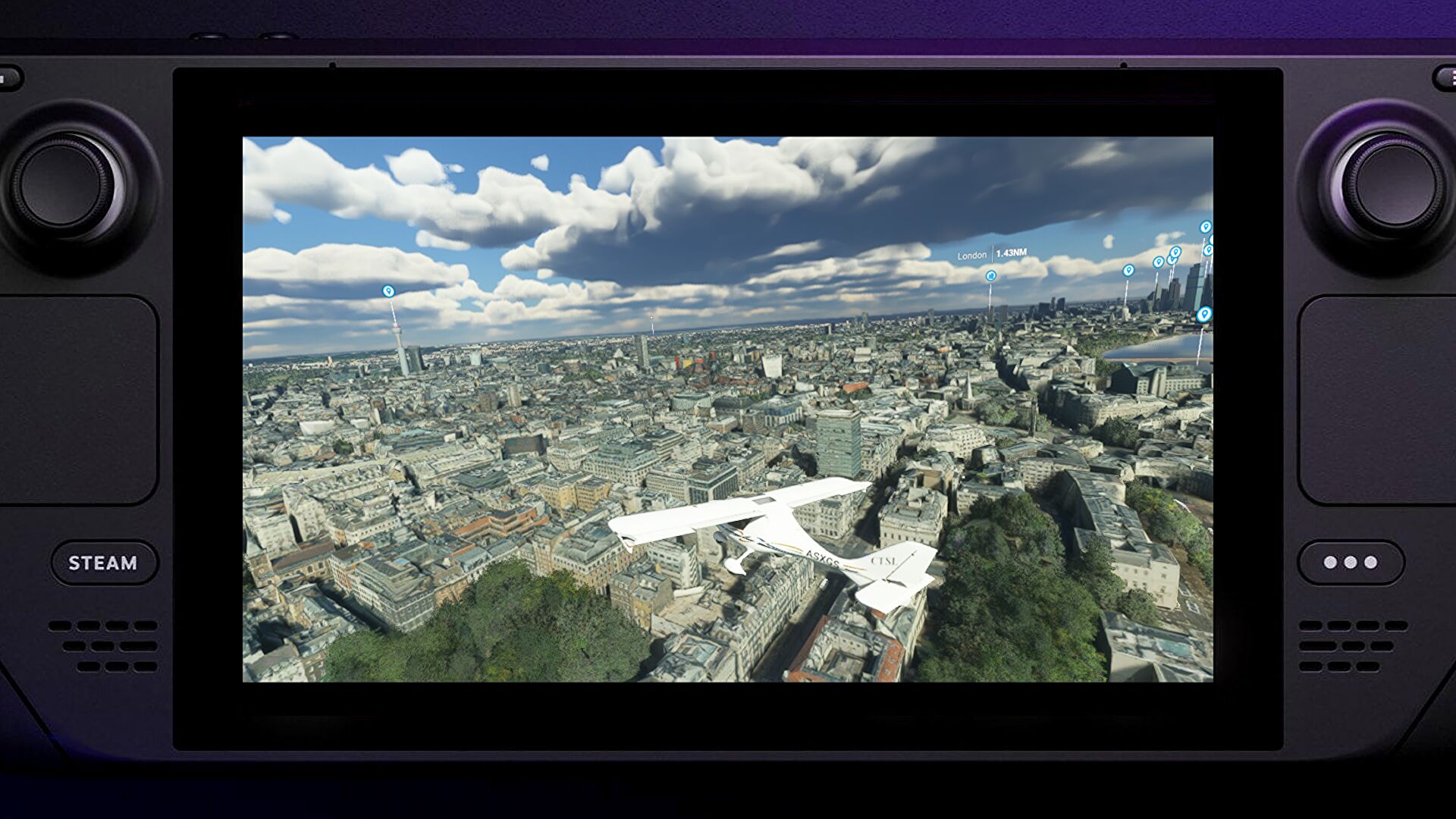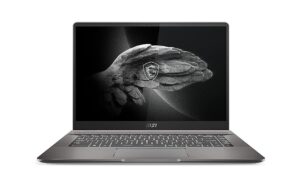
When Digital Foundry reviewed Steam Deck, the overall takeaway was that Valve had delivered by far the most powerful handheld we’d ever seen – to the point where we could take PC ports of console games and run them at PS4-equivalent settings with much the same performance. The only difference? Lowering resolution from 1080p down to 720p or 800p. There’s more to Steam Deck, however. Its main processor is based on the same core technologies as the silicon that powers PlayStation 5 and Xbox Series X/S. It’s ‘next-gen capable’ if you like – but does it have the horsepower to run cutting-edge games at reasonable frame-rates?
Ideally, it’s a question we should have answered in the main review, but there’s a problem: despite running Steam, the Deck is based on Linux rather than Windows, meaning that a wide range of games still don’t run, while features such as hardware-accelerated ray tracing are not supported. Essentially, every single game or feature required to test Steam Deck’s next-gen credentials has issues: the path-traced Quake 2 RTX or Remedy’s Control’s RT features cannot be accessed from Linux. Meanwhile, proper next generation experiences such as Microsoft Flight Simulator should be able to run but don’t owing to Steam Deck’s lack of compatibility with online anti-cheat technologies.
Testing these features is important because it sets the baseline for how future-proof Steam Deck might be. Getting PlayStation 4-level experiences working on a handheld is a stunning achievement but what of the future? Thankfully, there’s a solution – Windows drivers are now available for Steam Deck, meaning users can ‘opt out’ of the Linux experience and install anything they like, opening the door to testing high-end games and hardware-accelerated RT.
- available
- Baseline
- Console
- could
- Credentials
- cutting-edge
- despite
- digital
- down
- experience
- Experiences
- Feature
- Features
- flight
- future
- game
- Games
- Gaming
- How
- HTTPS
- important
- install
- issues
- IT
- linux
- Microsoft
- more
- online
- opening
- PC
- performance
- playstation
- playstation 5
- Point
- ports
- powerful
- processor
- quake
- range
- review
- rt
- Run
- running
- s
- Series
- simulator
- solution
- Steam
- Supported
- Takeaway
- Technologies
- test
- Testing
- The
- Tracing
- users
- valve
- What
- windows
- working
- xbox











